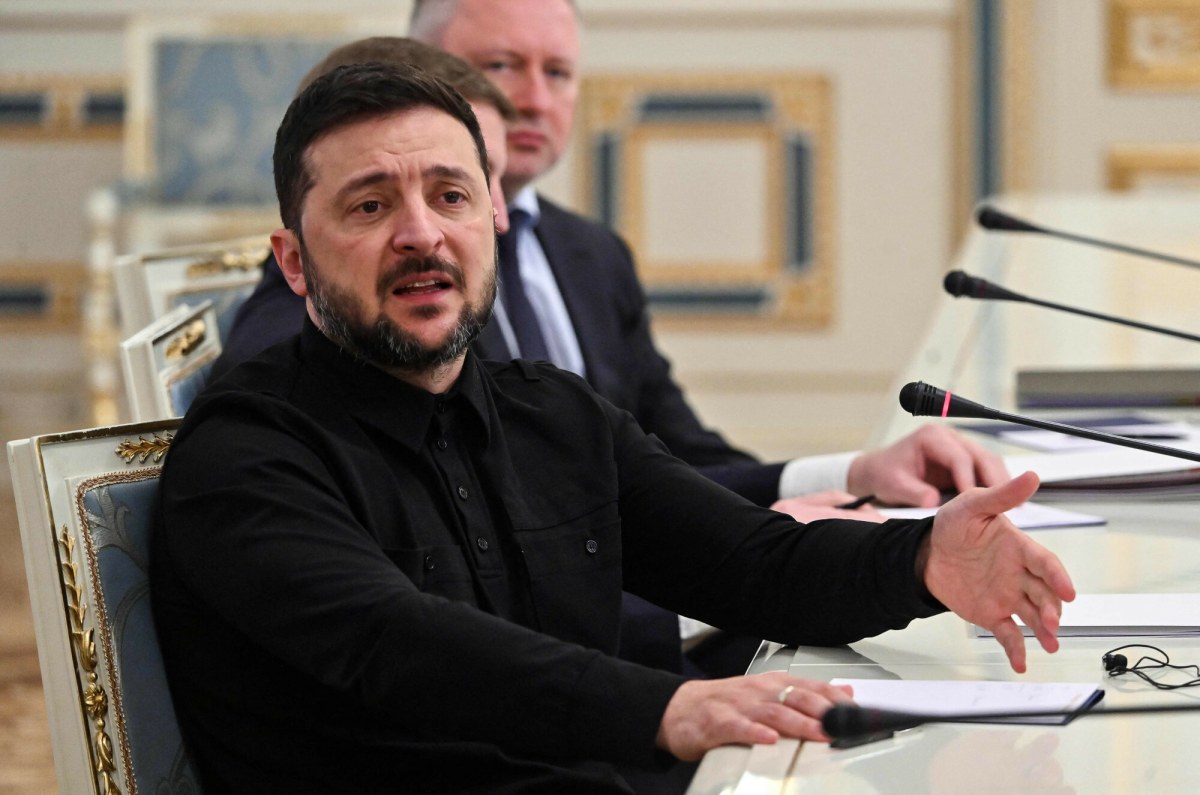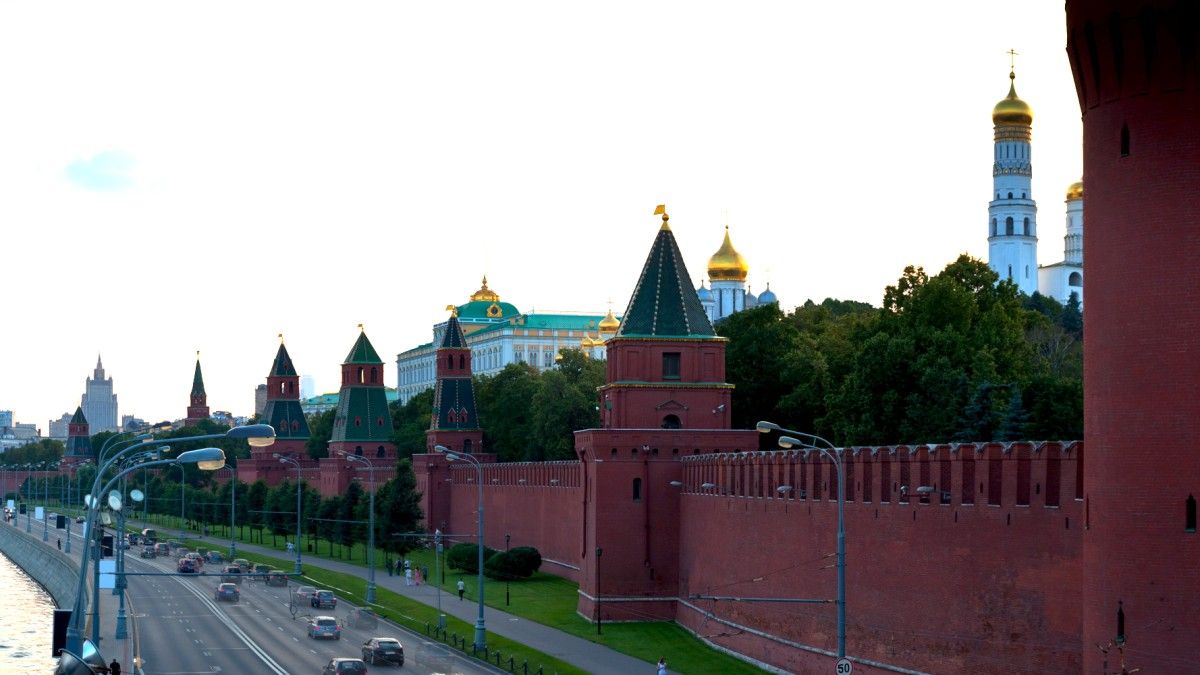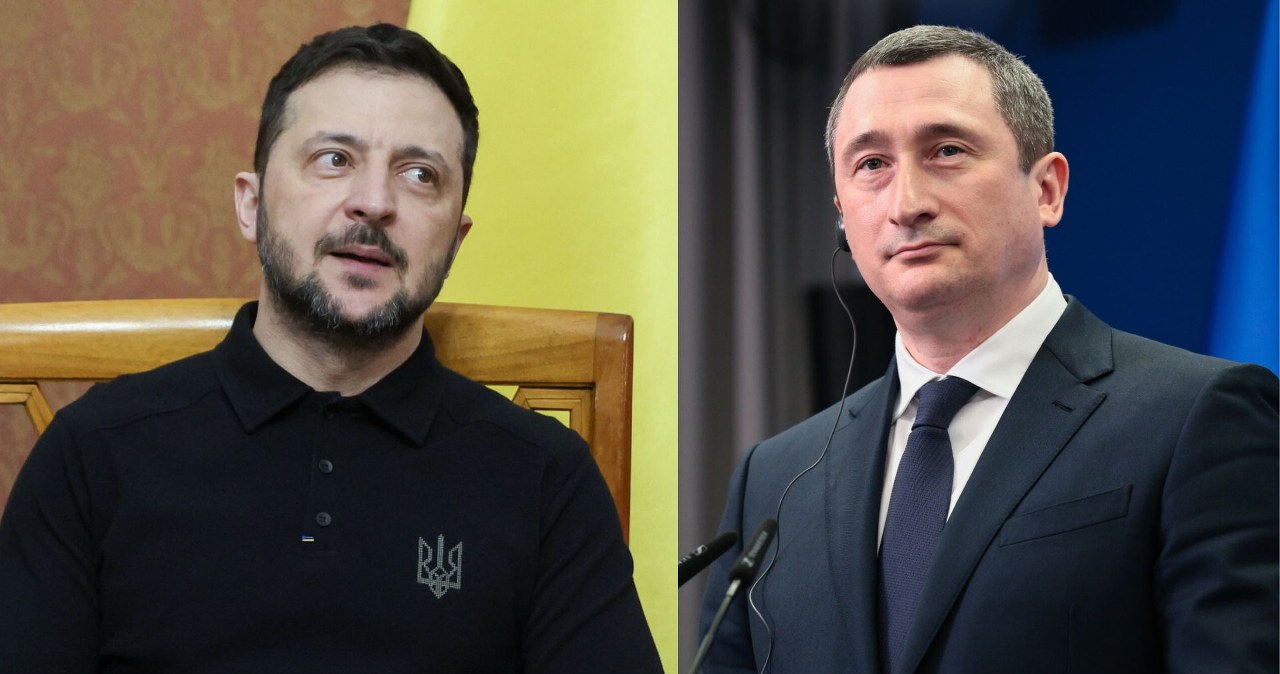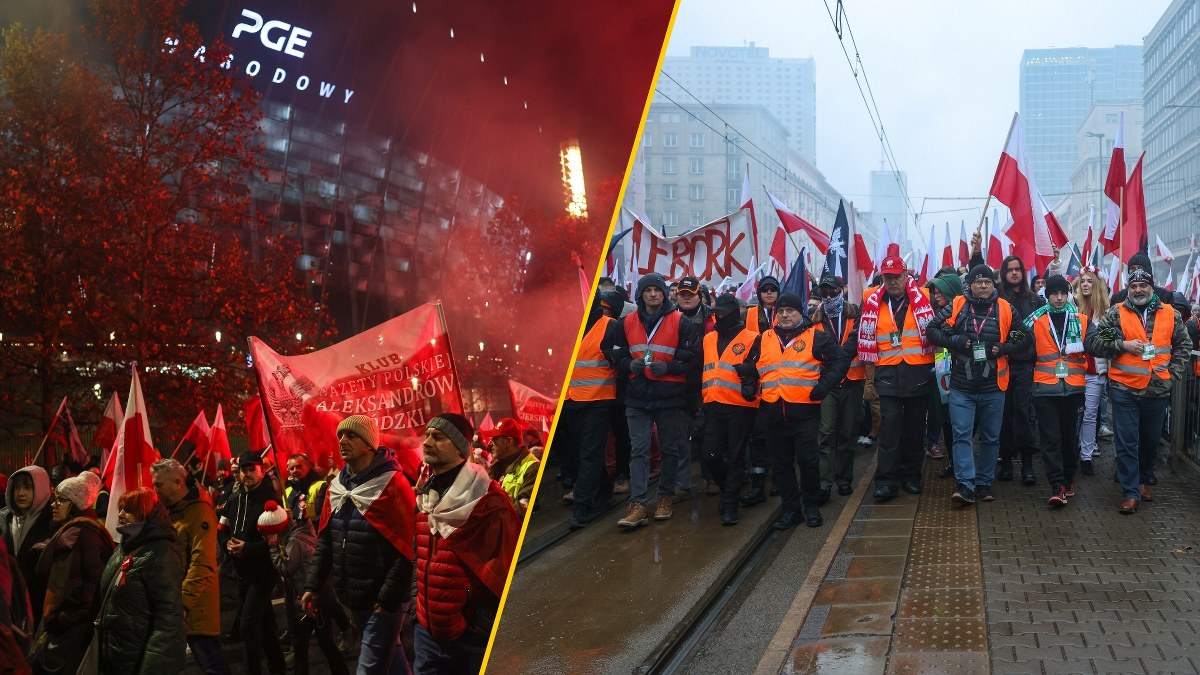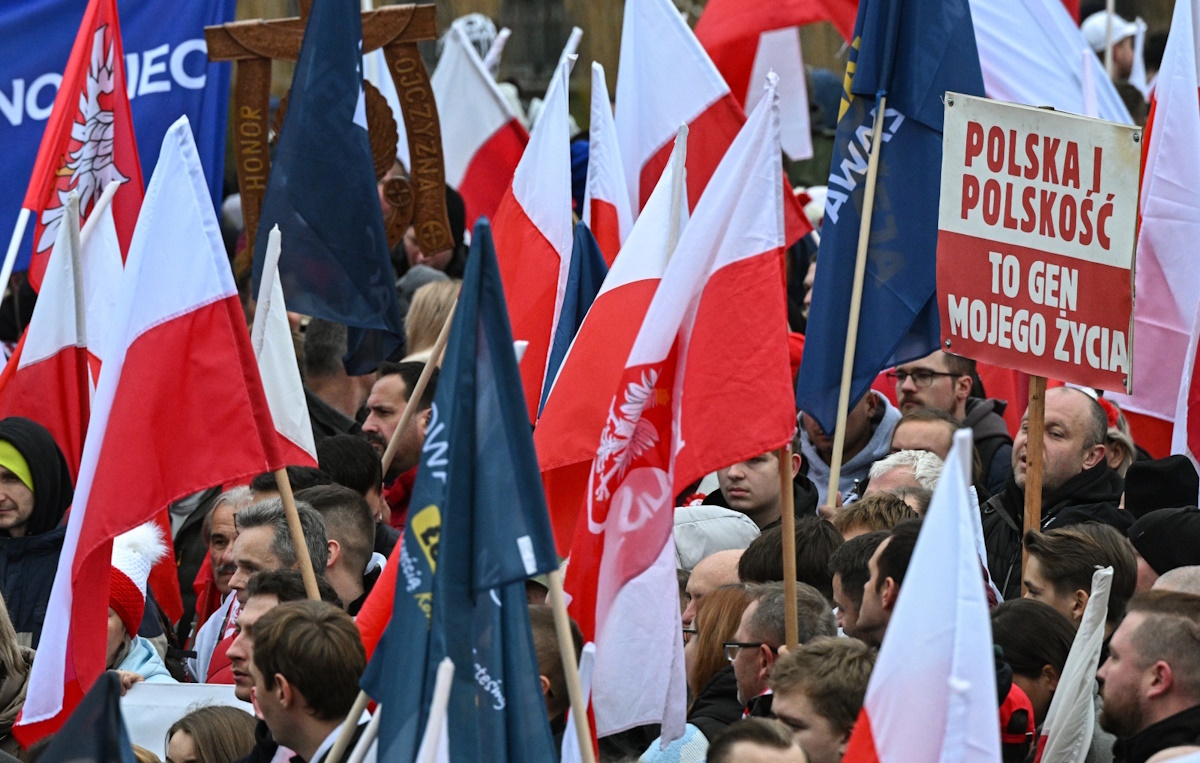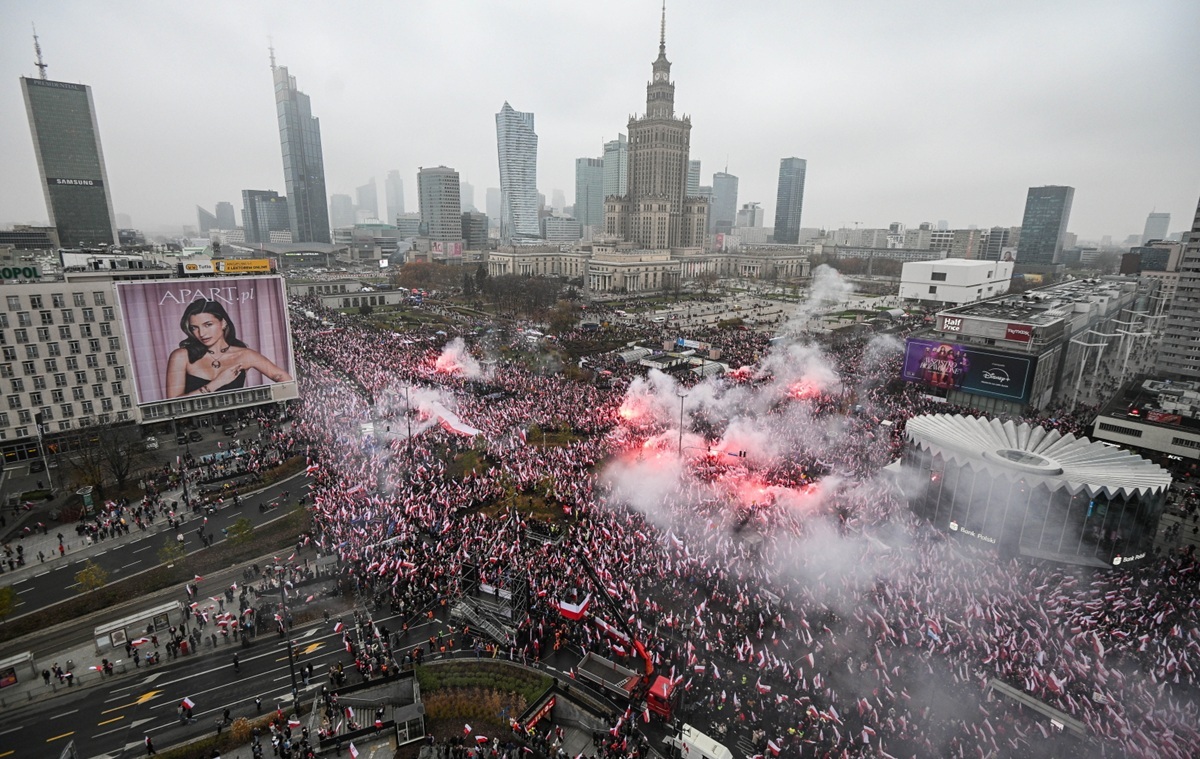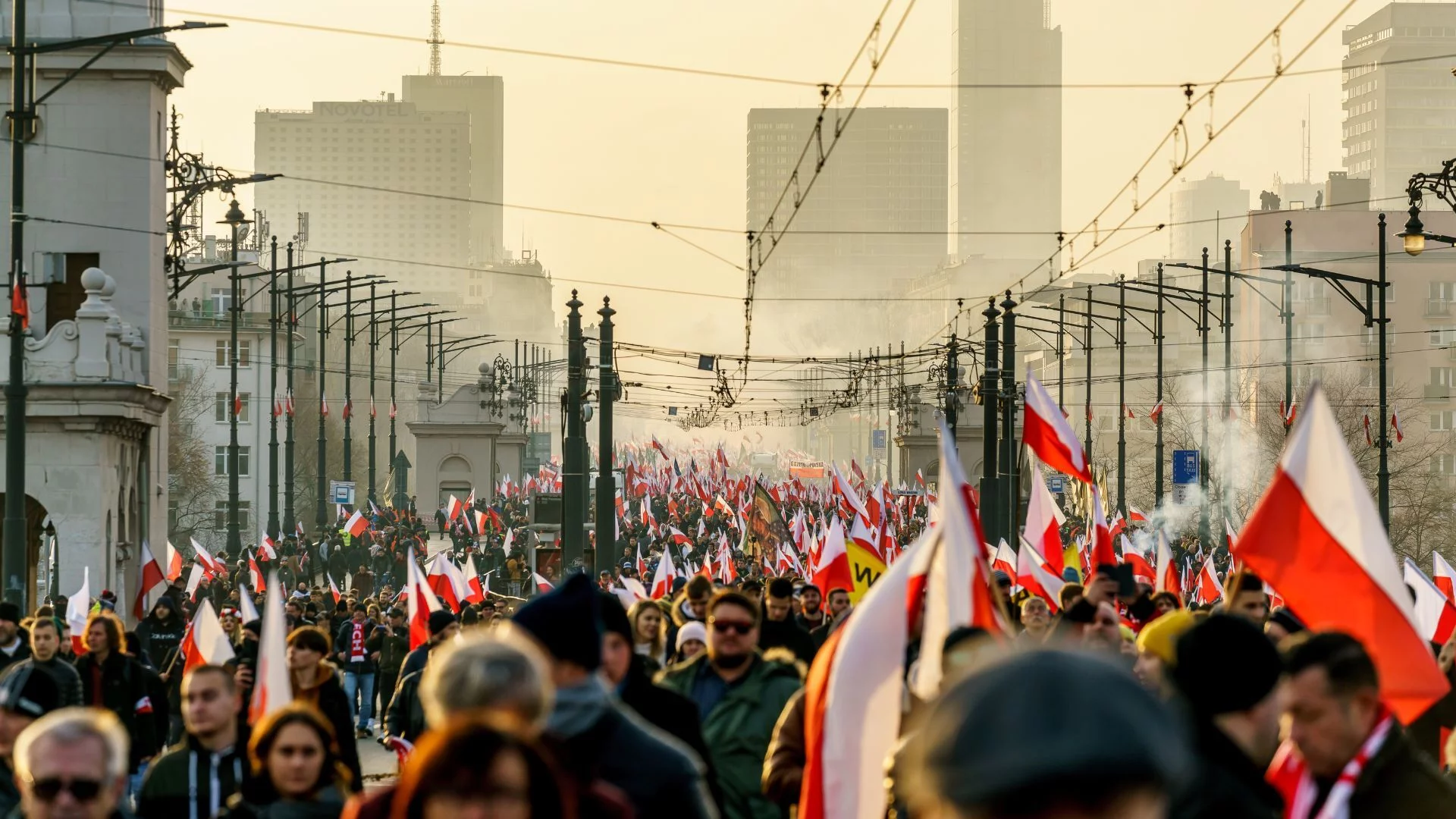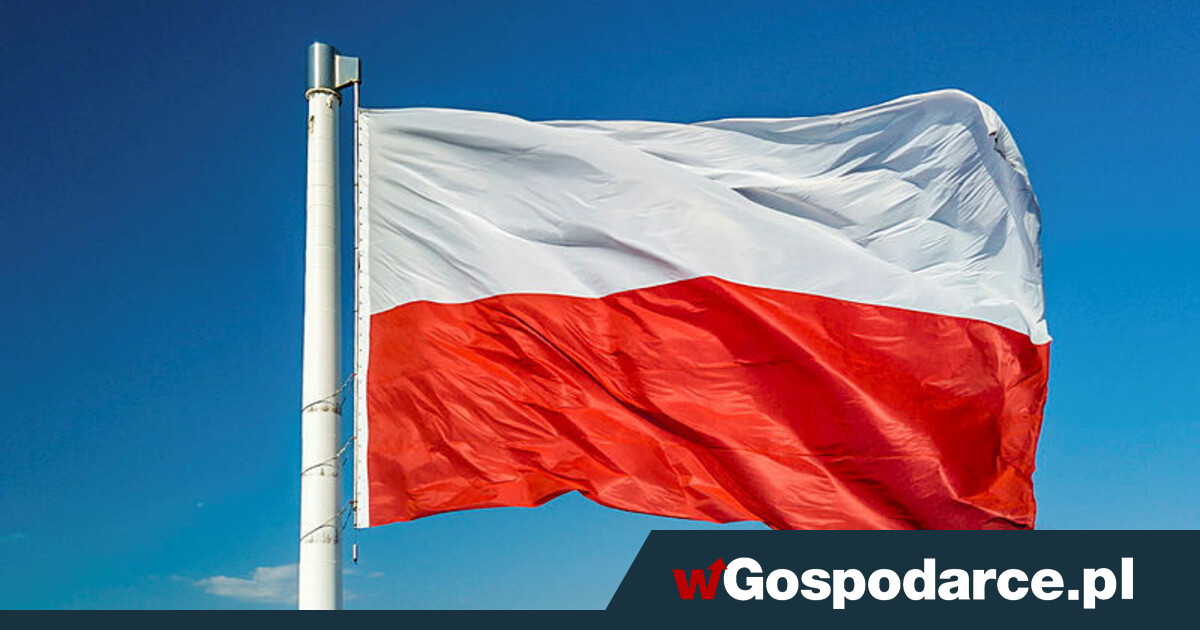For decades, Russia and another authoritarian regimes have mastered a simple yet devastating strategy to control their neighbours: invade, occupy a condition of their land, then stall the war through endless diplomacy. The pattern is familiar, with military aggression followed by a ceasefire that legitimizes territorial gains, all framed as a negotiated peace. The West, eager to avoid escalation, has repeatedly played along, treating these uneasy pauses as a form of stability. But Ukraine has proven this illusion false.
The war in Ukraine has proven that frozen conflicts do not prevent full-scale war. They postpone it at best and warrant it at worst. The Minsk Agreements (2014-15), seen at the time as diplomatic breakthroughs, did not resolve the Donbas crisis; they gave Russia time to build defences around separatist territories, militarize Crimea, and prepare for the full-scale invasion that came in 2022. The same playbook has been utilized elsewhere: in Georgia, where Russia’s 2008 invasion led to an indefinite business of Abkhazia and South Ossetia, and in Moldova, where Transnistria has remained a Kremlin-controlled proxy for 3 decades.
Ukraine’s consequence is rewriting the rules. Unlike in 2015, Kyiv is refusing a fresh Minsk-style ceasefire, recognizing that any “pause” now would only let Russia to regroup for another war in the future. As Ukraine fights not only to reclaim its territory but to end the cycle of frozen conflicts erstwhile and for all, the West must admit what is at stake. Minsk-style diplomacy is dead, and the planet must bury it for good.
How “frozen conflicts” became Russia’s favourite weapon
For more than 3 decades, Russia has mastered the art of war without definitive victory. alternatively than a full annexation or prolonged occupation, the Kremlin has relied on a subtler approach: limited invasions followed by indefinite ceasefires that lock its adversaries into permanent instability. These frozen conflicts let Russia to control neighbouring states without the burden of full governing them, creating grey zones where Moscow holds the real power, but work for governance remains elsewhere.
In Moldova, Georgia and Ukraine, Russia has occupied breakaway regions, established its military presence, and then played the function of “mediator”, ensuring no resolution was always reached. The goal was never to formally annex these territories but to usage them as permanent force points to keep neighbouring governments weak, divided and vulnerable.
Let us analyse how the frozen conflict strategy has evolved over time.
Moldova (1992–Present) – After the russian collapse, Russia backed cultural Russian separatists in Transnistria, ensuring Moldova remained trapped in geopolitical uncertainty. Moscow never recognized Transnistria as independent, nor did it search to full integrate it, preferring alternatively to usage it as a bargaining chip to block Moldova’s NATO and EU ambitions.
Georgia (2008–Present) – erstwhile Georgia sought NATO membership, Russia responded with a war that left Abkhazia and South Ossetia under Russian occupation. Unlike in Moldova, Moscow formally recognized these breakaway regions, freezing Georgia’s NATO aspirations indefinitely.
Ukraine (2014–2022, 2022–Present) – The Donbas conflict followed the same blueprint: Russia armed and supported separatists in 2014, then utilized diplomacy (the Minsk Agreements) to strengthen its influence. erstwhile Ukraine continued moving toward the West, Russia escalated to a full invasion in 2022.
Russia treated frozen conflicts as tools for long-term control, ensuring its adversaries remained weak, divided and incapable to break free. Yet this strategy only worked due to the fact that the West repeatedly misread Russia’s intentions, mistaking ceasefires for genuine peace alternatively than tactical delays. This failure to grasp the actual nature of frozen conflicts gave Moscow the space to strike again.
Ukraine’s war has exposed the frozen conflict strategy as a lie
For years, frozen conflicts were regarded as a pragmatic, if imperfect, mechanics for managing Russian aggression. Western leaders assumed that territorial disputes could be indefinitely placed on hold, avoiding open war while preserving a fragile position quo. Ukraine’s war has proved this presumption wrong. The events since 2022 have demonstrated that freezing a conflict does not prevent war; it simply postpones it, frequently at a greater cost. The notion that an aggressor can be pacified through partial business and diplomatic engagement has proven to be an illusion.
Unlike in 2014–15, erstwhile Ukraine was pressured into signing the Minsk Agreements under the pretense of a diplomatic resolution, Kyiv in 2022 categorically rejected any arrangement that would let Russian forces to stay in place. This decision was not an act of stubborn defiance but a strategical calculation informed by experience. The Minsk Accords had not brought stability; they had allowed Russia to consolidate control over Donbas while preparing for a larger war. Another agreement along the same lines would have led to a akin outcome.
When Russia launched its full-scale invasion, many western leaders, driven by a desire to prevent further escalation, advocated for negotiations. any argued that freezing the war along the existing front lines could service as a basis for a long-term ceasefire. Ukraine, however, had already witnessed the consequences of specified an approach. A premature ceasefire in 2022 would not have ended the war but simply delayed it. The occupied territories would have remained under Russian control, serving as staging grounds for future offensives. Instead, Ukraine pursued full resistance, recognizing that any lasting peace would should be achieved through triumph on the battlefield alternatively than a temporary diplomatic pause.
By refusing to accept partial business as a settlement, Ukraine forced the global community to face a reality that had long been ignored. Russia does not respect ceasefires; it exploits them. Diplomatic agreements that neglect to hold Moscow accountable do not resolve conflicts; they incubate them.
The collapse of the “neutral buffer state” strategy
For decades, NATO expansion was restrained by the belief that integrating countries like Ukraine or Georgia would provoke Russia. Western policymakers assumed that maintaining these states as neutral buffer zones would preserve stableness in east Europe. The war in Ukraine has demonstrated that this premise was fundamentally flawed. NATO’s hesitation did not prevent war, it invited it.
Before 2022, there was a widely held presumption that offering safety guarantees to post-Soviet states would trigger Russian retaliation. The reality was the opposite. Moscow did not attack NATO members; it targeted Ukraine precisely due to the fact that it lacked membership in the Alliance and so had no formal safety protections. This realization has led to a dramatic shift in the strategical reasoning of European nations that had previously remained outside of NATO. Finland and Sweden, long proponents of neutrality, swiftly reversed their positions and joined the Alliance, recognizing that being outside NATO’s safety umbrella made them more vulnerable, not less.
This shift has broader implications for European security. NATO now views expansion not as a destabilizing act but as a essential measurement to deter future conflicts. The lesson learned from Ukraine’s war is that allowing geopolitical grey zones to persist only emboldens authoritarian regimes. alternatively than preventing war, neutrality in the face of Russian aggression has proved to be a strategical liability.
A fresh doctrine must emerge: the West should not push Ukraine into another Minsk-style pause, nor should it force Kyiv to negociate while Russian troops stay on Ukrainian soil. The only way to a sustainable peace is through a full resolution, either through the complete military defeat of Russian forces or a negotiated withdrawal that does not leave occupied territory under indefinite Russian control. If Ukraine is forced into a ceasefire now, past suggests that a fresh war will erupt in the coming years, erstwhile Russia has replenished its military strength.
No NATO membership until full territorial control is simply a strategical mistake
Prior to 2022, NATO’s hesitation to extend membership to Ukraine was rooted in the fear that it would provoke Russian aggression. The presumption was that keeping Ukraine out of the Alliance would prevent war. Yet, as Putin’s full-scale invasion demonstrated, it was precisely Ukraine’s exclusion from NATO that made it a target. The lesson is clear: countries outside NATO’s safety umbrella are more susceptible to Russian attacks, not less.
Delaying Ukraine’s NATO membership until it has full territorial control plays straight into Putin’s hands. It incentivizes Russia to prolong the war indefinitely, ensuring that as long as even a tiny condition of Ukraine remains occupied, Kyiv will stay outside the Alliance. This logic mirrors the situation in Georgia, where Russian troops have occupied Abkhazia and South Ossetia since 2008, effectively preventing Georgia’s NATO accession for over a decade.
Ukraine’s NATO membership should not depend on full territorial control. In 1955, West Germany joined NATO while East Germany remained under russian occupation, proving that safety guarantees can work without full reunification. A akin model would let Ukraine to integrate into the Alliance now, deterring Russia while preventing another frozen conflict.
Such a decision would fundamentally alter the balance of power in Ukraine’s favour. If Kyiv were granted NATO membership while inactive fighting, it would send a powerful message to Moscow that its military run has failed. Russia would be forced to negociate from a position of weakness, knowing that Ukraine’s sovereignty is now backed by the full weight of the Alliance. More importantly, it would destruct Russia’s ability to manipulate the frozen conflict dynamic. If NATO membership is not contingent on full territorial restoration, then occupying parts of Ukraine no longer serves as a useful bargaining tool for the Kremlin.
No more illusions
Frozen conflicts were never peace; they were Russia’s waiting game. From the Minsk Accords to the ceasefires in Georgia and the long stalemate in Moldova, these alleged diplomatic solutions were nothing more than traps, delays that allowed Moscow to regroup and strike again. Ukraine has destroyed that illusion, refusing another Minsk, due to the fact that it knows that any pause present is simply a way to the next war.
The planet may hesitate, but Ukraine cannot afford to. If this war ends with another Minsk, then everything sacrificed will have been for nothing. The only way forward is through victory, due to the fact that anything little is just an invitation for the next invasion. Ukraine does not request another uneasy ceasefire. It needs to finish what Russia started, and guarantee that this time, it truly ends.
This war will not end in another uneasy ceasefire. It must end with Ukraine’s victory, due to the fact that anything little is just a way to the next invasion.
Khusanboy Kotibjonov a political discipline student at fresh York University and a investigator at NYU’s Wilf Department of Politics, where he focuses on political strategy and authoritarian resilience. His writing has appeared in The Hill, Geopolitical Monitor, Euromaidan Press, and the Kyiv Independent. He specializes in Russian and Eurasian politics.
Please support New east Europe's crowdfunding campaign. Donate by clicking on the button below.


